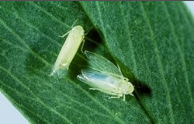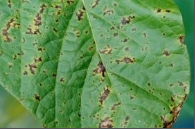General Information
Guar, an important legume crop. It is cultivated for fodder as well as for grain purpose, also used as vegetable and green manure crop. It is drought tolerant crop and thrives in semi arid regions. Gaur gum is extracted from gaur beans (endosperm of seed) has several industrial uses. It is used to make gum powder which is used in Oil extraction industry, food processing and preservation, printing, textile and paper industry.
In India, Rajasthan, Gujarat, Haryana, Punjab, some parts of Uttar Pradesh and Madhya Pradesh are major guar producing states.
In Maharashtra, near about 8950hectare area is under guar cultivation.













